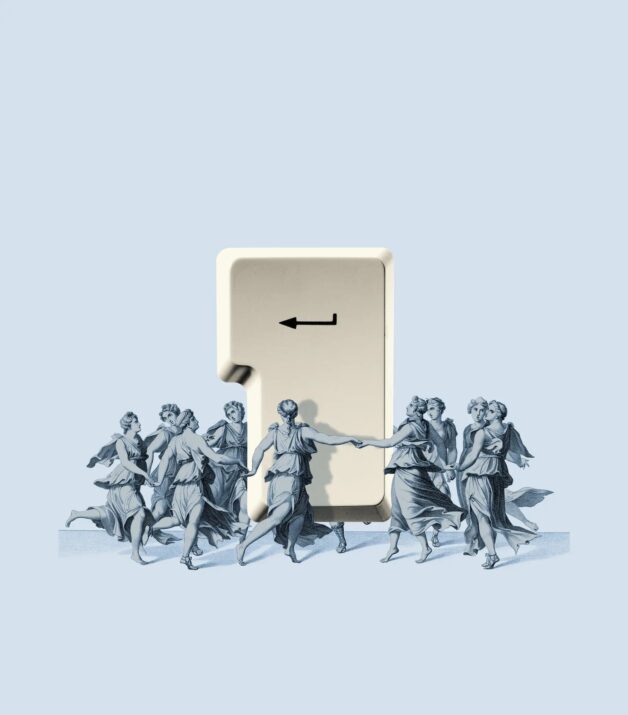Earlier this year, the New York Times Book Review ran an essay by A.O. Scott contemplating the ways literary authors might incorporate even collaborate with artificial intelligences. Suddenly Scott connects this emerging trend with the “automatic writing” of the early 20th century as practiced, among others, by… [wait for it!], W.B. Yeats, a prominent member of the Hermetic Order of the Golden Dawn employing a medium/scryer and a scribe. Liber AL was received along the same lines. An excerpt reads:
‘In the 19th century, writers like Ralph Waldo Emerson, Victor Hugo and Henry James dabbled in spiritualism, hoping to find inspiration through contact with otherworldly intelligences. In the 1910s and ’20s, the French Surrealist poets and the Irish poet and playwright William Butler Yeats made use of automatic writing, a practice that sought to turn the human writer into a kind of transcribing machine, bypassing conscious intention and drawing meaning from an impersonal, nonhuman source.
‘For the Surrealists, automatic writing was a gateway to the unconscious — to both the buried desires of the individual and the chthonic impulses of the species. For Yeats, automatism was a portal to the world of spirits. The medium was his wife, Georgie, who shortly after their marriage in 1917 revealed herself to have oracular powers. As Yeats’s biographer Richard Ellmann put it, Yeats “had married into Delphi.” What Georgie wrote down became the basis of the poet’s later work, including “A Vision,” which attempted “to embody in systematic form … the fragmentary revelations of the automatic script.”’
Consume the whole essay:
https://www.nytimes.com/2023/12/27/books/review/writers-artificial-intelligence-inspiration.html.


